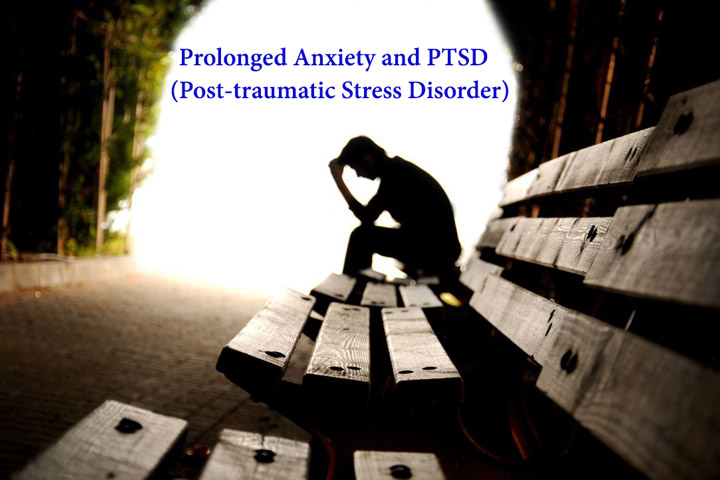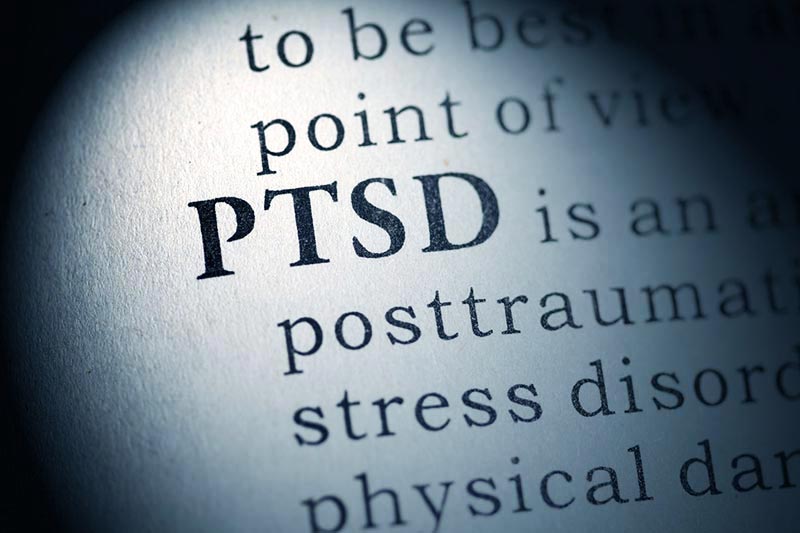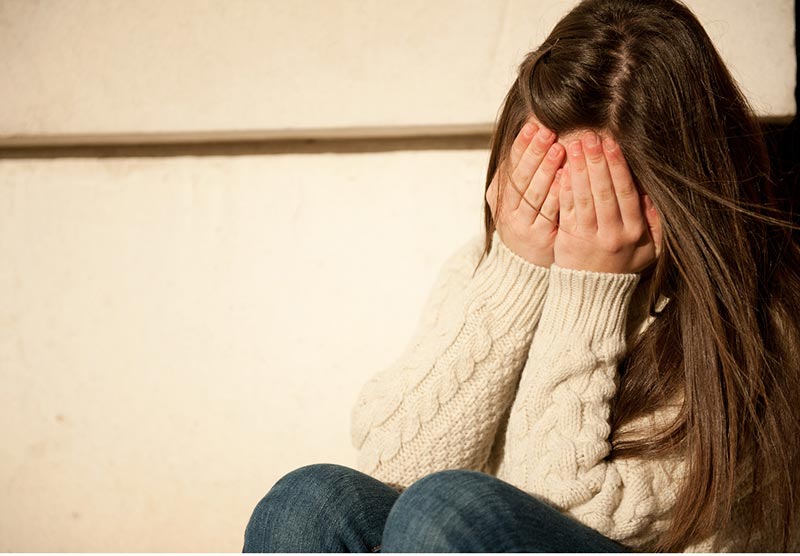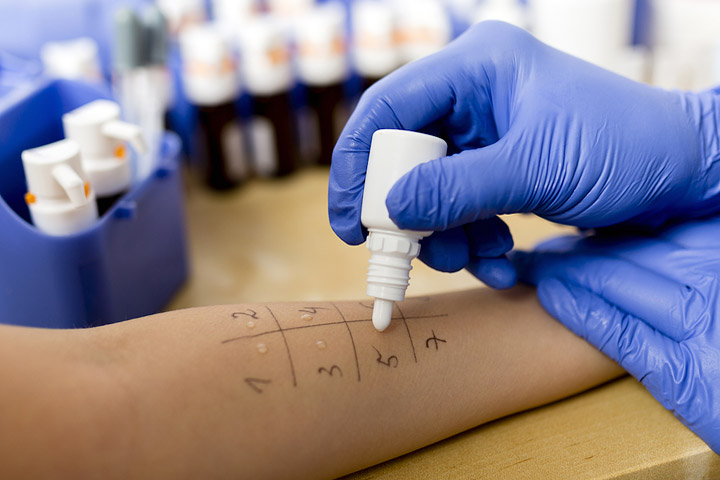
Prolonged Anxiety and PTSD (Post-traumatic Stress Disorder)
If after several weeks your anxiety symptoms persist, it may be an indication of post-traumatic stress disorder, or PTSD.
Post-traumatic stress disorder, often called PTSD, can occur in people who have experienced or witnessed a natural disaster, serious accident, terrorist incident, sudden death of a loved one, war, violent personal assault such as rape, or other life-threatening events. While most people who experience such events recover from them, people with PTSD continue to be severely depressed and anxious for months or even years following the event.
PTSD is diagnosed after a person experiences symptoms for at least one month following a traumatic event. However symptoms may not appear until several months or even years later.
The disorder is characterized by three main types of symptoms:
- Re-experiencing the trauma through intrusive distressing recollections of the event, flashbacks, and nightmares.
- Emotional numbness and avoidance of places, people, and activities that are reminders of the trauma.
- Increased arousal such as difficulty sleeping and concentrating, feeling jumpy, and being easily irritated and angered.
Symptoms of PTSD:
Re-experiencing the trauma through intrusive distressing recollections of the event, flashbacks, and nightmares.
Emotional numbness and avoidance of places, people, and activities that are reminders of the trauma.
Increased arousal such as difficulty sleeping and concentrating, feeling jumpy, and being easily irritated and angered.
PTSD is diagnosed after a person experiences symptoms for at least one month following a traumatic event. However symptoms may not appear until several months or even years later.
Helping Children
A key element in a child’s or a teen’s recovery from a traumatic event is the support from parents, teachers, and other adults.
Here are some tips to help your child recover:
Anticipate needs. Take the initiative and approach children to talk about their feelings and concerns about a traumatic event before they bring it up. It is easier for children if the adults anticipate their needs and open up the lines of communication. This also sends the message that a topic is okay to talk about with adults.
Use candor — with discretion. This should be the theme of all adult-to-child communication on traumatic incidents. Be honest, but give details and explanations at a level commensurate with the child’s cognitive and emotional capacity. It is healthy and appropriate to begin with more limited sharing that provides a foundation for future elaboration.
Let kids know how you feel. While adults dealing with children in distress should maintain a moderate level of composure, it is often helpful to let children know that adults, too, experience upsetting feelings. Children need to know that adults are sometimes scared and seek support from those around them and that it is okay to hurt — but that the pain does get better with time.
Most children and teenagers are resilient and will return to normal functioning following a natural disaster. If, however, a child’s distress continues to interfere with their lives after a few weeks, it may be time to seek professional help.
Signs of distress include not sleeping or eating; excessive clinging; re-experiencing the event through nightmares, recollections or play; emotional numbing; or persistent fears about disaster. If your child is experiencing these symptoms, seek the assistance of a school counselor or other mental health professional.
The information on this site is not intended or implied to be a substitute for professional medical advice, diagnosis or treatment. All content, including text,graphics,images and information, contained on or available through this web site is for general information purposes only.






Leave a Reply